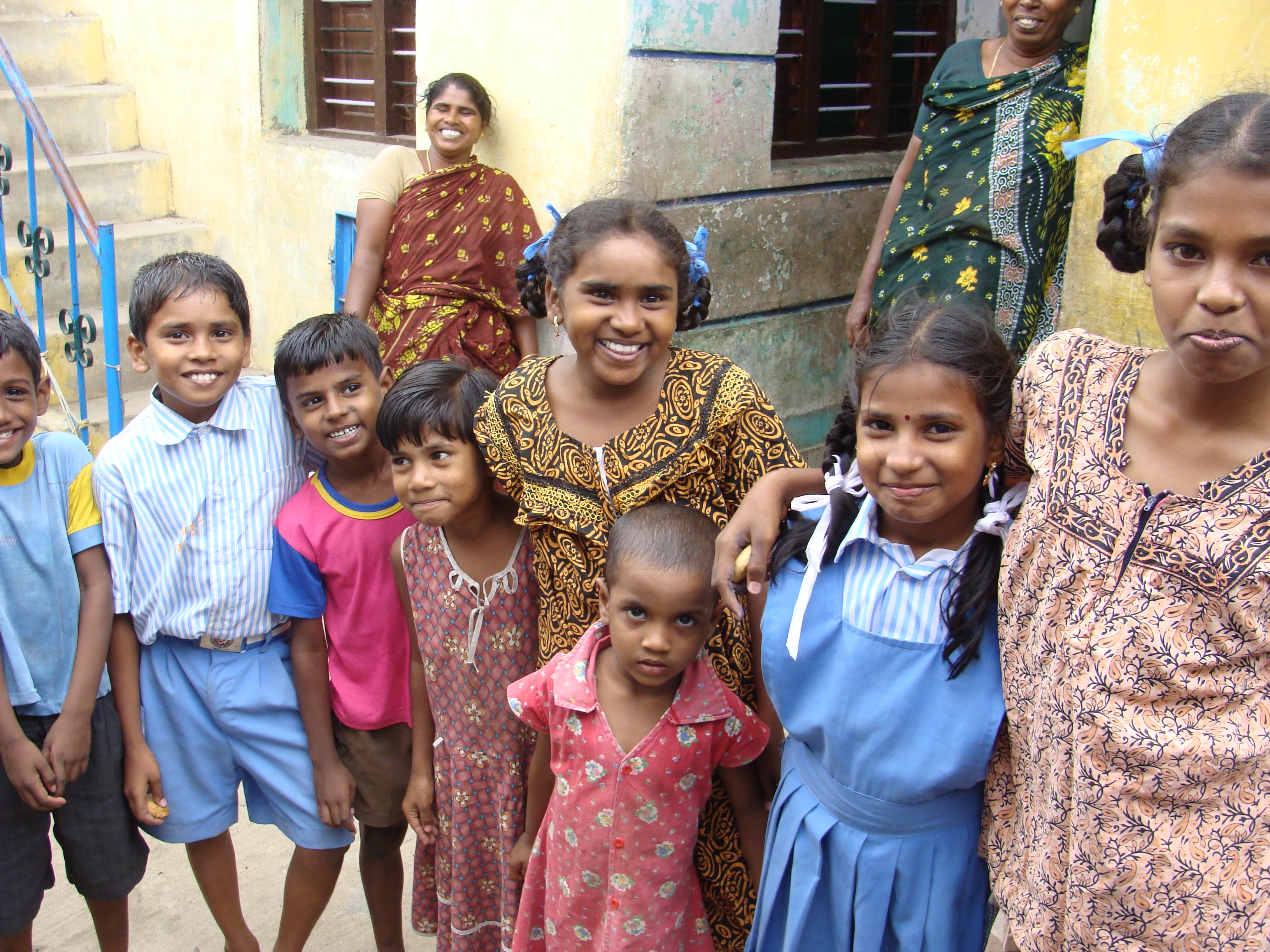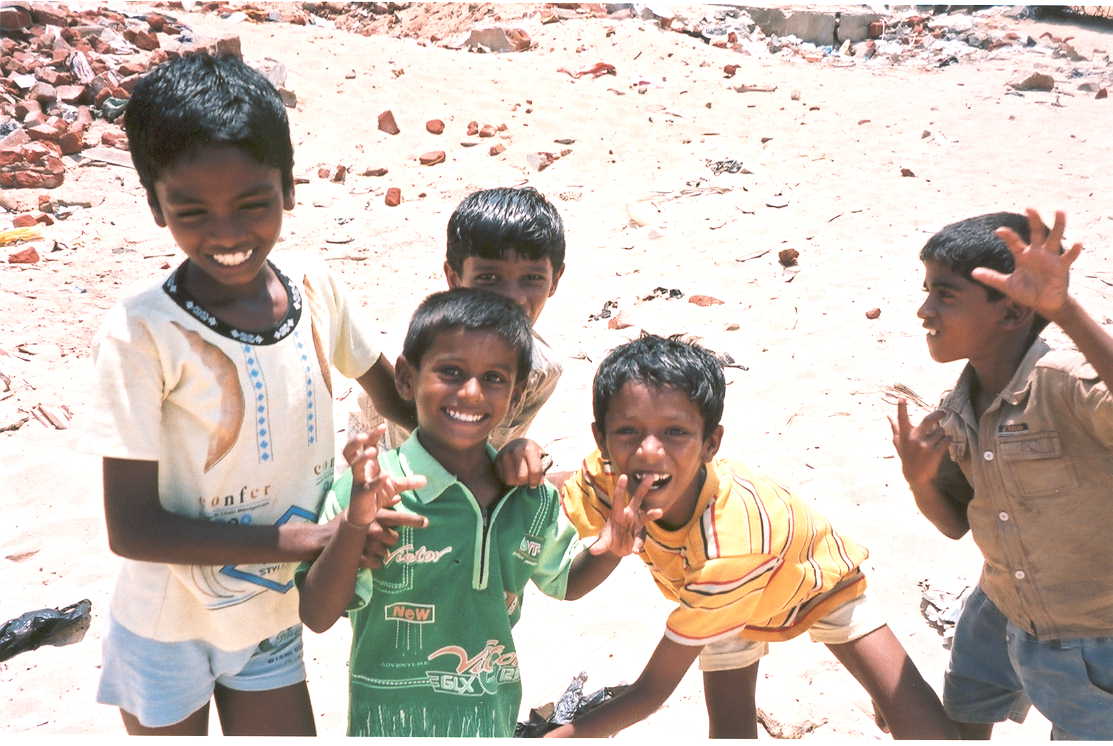
India’s National Crime Records Bureau (NCRB) publishes detailed crime statistics in an annual report called Crime in India. Published since 1953, the guide serves as a comprehensive reference source for the country’s policy-makers, law enforcement agencies, and citizen stakeholders.
Criminal activity is a negative aspect of life for citizens of any country. Unfortunately, for those whose health and security are already compromised by poverty and marginalization, the effects of crime and victimization are even greater. In all societies, it is the children who are most vulnerable and therefore most at risk. This is quite evident in India.
Crime in India 2010 includes data that relates specifically to ‘Crime Against Children.’ According to the report, there were a total of 26,694 reported cases of crimes that were committed against children in that country in 2010 (p.91). These are crimes that are punishable under either the Indian Penal Code (IPC) or under Special and Local Laws (SLL), and all pertain to children less than 18 years of age. They represent wide-ranging acts of abuse, neglect, and exploitation that are especially tragic because of the young age of their victims.
The following table breaks down India’s 2010 child-victim crime numbers into specific categories:
| Murder | 1,408 |
| Foeticide | 111 |
| Infanticide (0 to 1 year) | 100 |
| Abetment to Suicide | 56 |
| Exposure and Abandonment | 725 |
| Kidnapping and Abduction | 10,670 |
| Procuration of Minor Girls (for illicit intercourse) | 679 |
| Selling of Girls for Prostitution | 130 |
| Buying of Girls for Prostitution | 78 |
| Rape | 5,484 |
| Other Crimes including (Prohibition of Child Marriage Act 2006) | 7,253 |
(derived from Table 6A, p.96)
Facts of interest:
- The national average rate for crimes against children was 2.3 per 100,000 people; for Delhi the rate was 19.8 per 100,000 (p. 92)
- The state of Madhya Pradesh, with 6.1% of population, was responsible for 18.4% of all crimes against children; Delhi, with 1.5% of population, was responsible for 13.6% (Fig. 6.1)
- Kidnapping and Abduction cases represent 40.3% of crimes against children (Fig. 6.2)
- Rape cases represent 20.5% of crimes against children (Fig. 6.2)
- 8.9% of all rape victims (women and children) were girls under the age of 14 (p.83)
- In 97.3% of all (22,172) rape cases, offenders were known to the victims (family members, relatives, neighbours) (p.83)
- The states of Madhya Pradesh and Maharashtra accounted for 35.2% of child rape cases (p. 95)
- The number of cases for Procuration of Minor Girls increased by 186.5% from 2009 (p. 96)
Crime is often an indicator of social malaise caused by the hopelessness, frustration, and desperation of poverty. Lack of employment opportunities, inadequate food and water supplies, land degradation, sub-standard housing, poor sanitation, ill health, discrimination, and limited education all create conditions whereby individuals are at greater risk of becoming both victims and perpetrators of crime.
That such great numbers of children in India and around the world continue to be victimized by crime is a pointed reminder that we have not fulfilled our duties as protectors and caregivers.

If, indeed, it “takes a village to raise a child”, then perhaps the solution lies with the village, or at least the community of citizens to which the child belongs.
Communities can exist as neighbourhoods or as groups of people with a common interest (eg. social, cultural, religious). The value of community is that it brings people together and actively involves them in the issues and activities that affect their lives. It often relies on the sharing of skills, knowledge and experience. Many community groups are based on the values of fraternity, friendship and empathy. Others have a specific mandate, such as women’s self-help groups, farmers’ groups, microcredit groups, or advocacy groups that stand up for citizens’ rights.
What does this have to do with crimes against children?
Without community, a family or individual is disempowered—they don’t have access to the support and information that could be helpful in a situation requiring advice or help. Nor do they have effective opportunities to voice serious needs, concerns, or opinions. For such a family living in poverty, the consequences of such isolation can be critical. For instance, there are many situations in India when a family’s financial debt-load puts their children at great risk for abandonment, prostitution or trafficking.
Promoting active participation in community life, and then nurturing that involvement through training and education, is an important starting point for restoring social health and stability. Like a healthy family, a strong community will act in the best interest of its members, especially children.
As an organization seeking to end poverty, Save A Family Plan is committed to supporting the empowerment and healthy development of families and communities. And through its work with the poor in India, if there is one less crime committed or one less child hurt by an act of violence, then that will be a success story.
LL Chan

